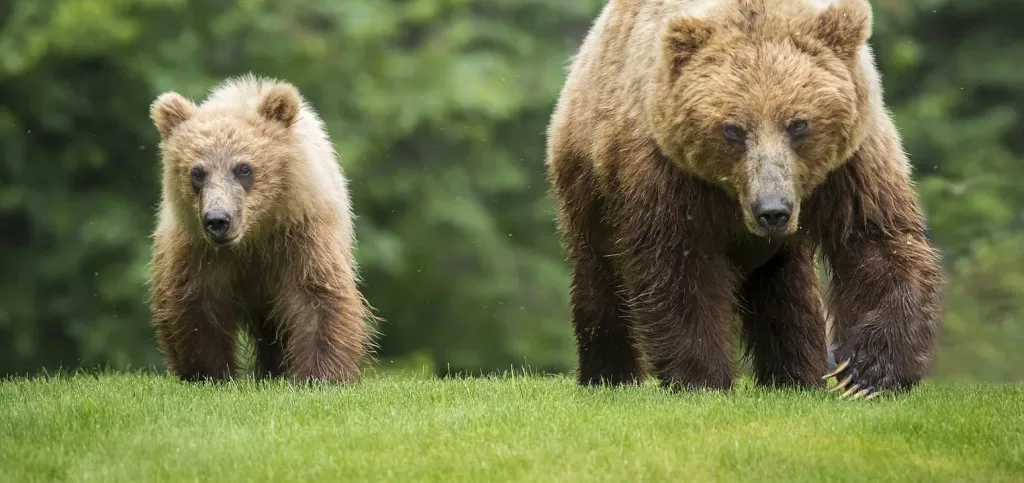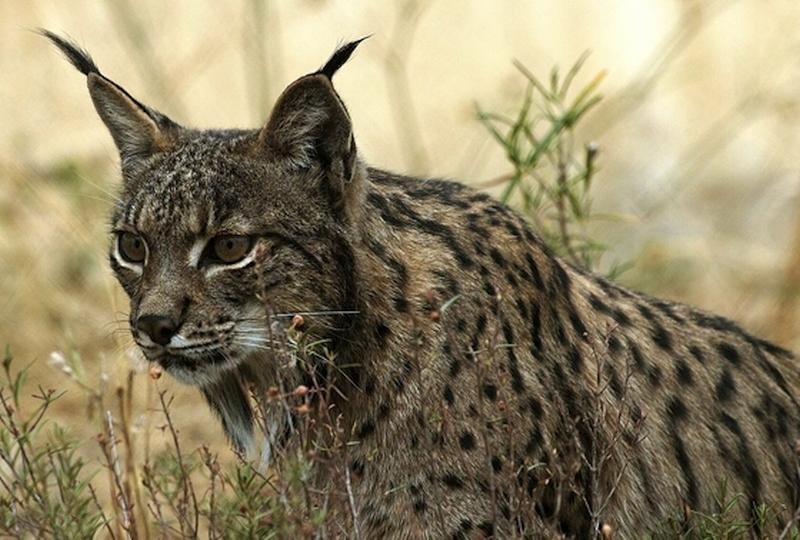Overview
Lynx pardinus (Felis pardina or pardinus, Felis lynx pardina, Lynx lynx pardina)… Too many names!
Once found throughout Spain and Portugal. the Iberian lynx began to decline in the first half of the 20th century due to over hunting and trapping for the fur trade. This decline was hugely accelerated after the 1950’s with the spread of myxomatosis. A disease which decimated populations of the European rabbit, the lynx’s main prey.
From the 1980’s the Iberian lynx was considered by IUCN (the International Union for the Conservation of Nature) to be critically endangered and became known as the world’s most threatened cat species.
However, as a result of the increasing population size, the Iberian Lynx no longer qualifies for IUCN Critically Endangered status and is therefore listed as Endangered under criterion D. The improved status of this species is all due to various intensive and ongoing conservation programs.
Current populations and programs
I’ve been living in this lovely area of Western Andalucia for the last 20 years or so and dedicate most of my time to the running of English language tourist information websites for the towns of Cádiz, Ronda, Grazalema, the famous or infamous Caminito del Rey, and also Wildside Holidays, which promotes sustainable and eco-friendly businesses running wildlife and walking holidays in Spain. My articles contain affiliate links that will help you reserve a hotel, bus, train or activity in the area. You don’t pay more, but by using them you do support this website. Thankyou!



